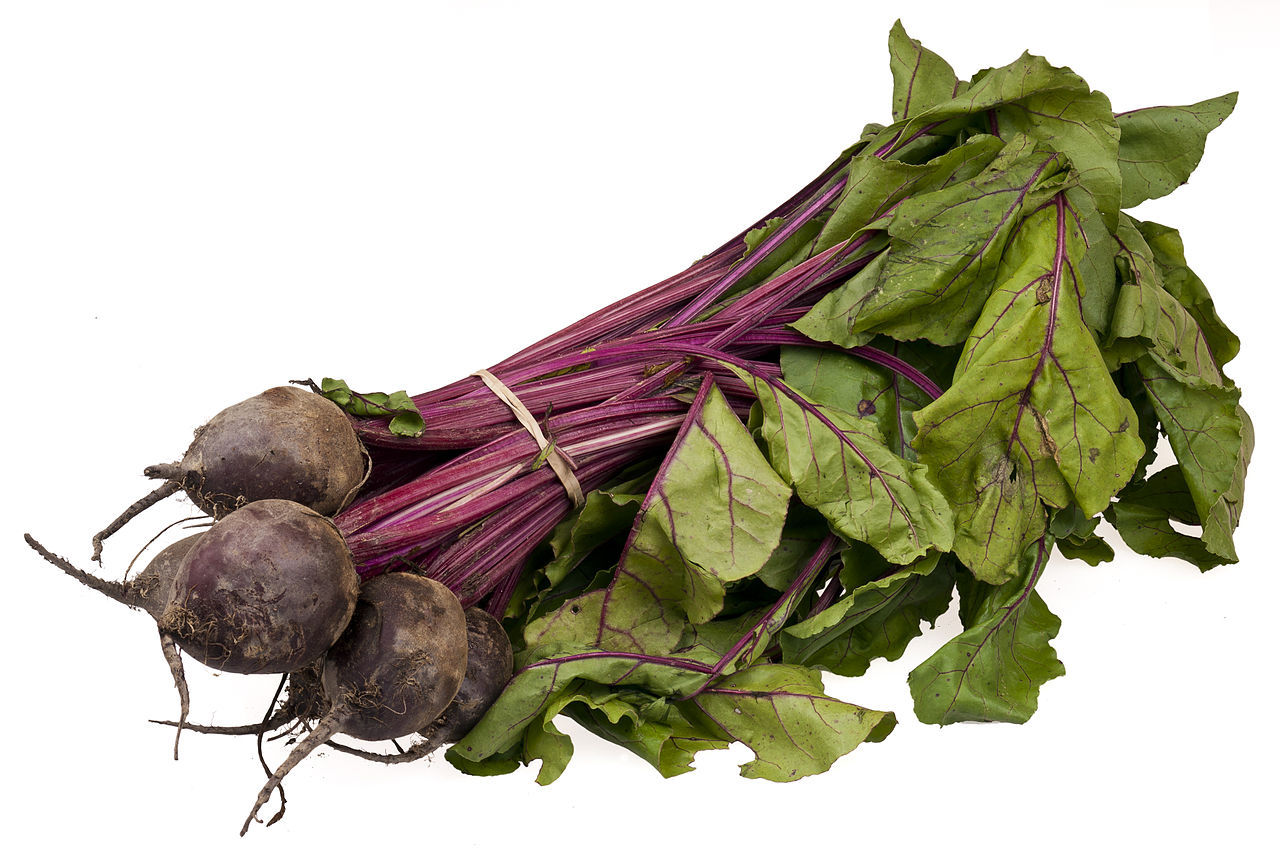Few vegetables elicit less excitement from the average gardener than beet. Once relegated to pickling or making borscht, beet is enjoying greater respect due to its reported health benefits, said University of Missouri Extension horticulturist David Trinklein.
Beets contain plant pigments called betalains that have antioxidant, anti-inflammatory and general detoxification properties in humans. Beet juice is marketed today as a natural energy drink because it contains dietary nitrates. The human body converts these nitrates to nitric oxide, which relaxes and dilates blood vessels. This can boost energy and stamina.
One cup of sliced, cooked beets contains only 75 calories. Beets are high in dietary fiber and are an excellent source of folate and vitamins A and K. They also contain significant amounts of manganese, copper and potassium.
To promote planting of this nutritious vegetable, the National Garden Bureau has declared 2018 the Year of the Beet.
Humans have been eating beets for more than 5,000 years, Trinklein said. Beets originally had long, thin roots, so people harvested only the leaves, which were used as a pot herb.
“It was not until the second or third century A.D. that cooking and eating the beetroots was described in the literature,” he said. Presumably, he added, this referred to a fleshy root and not the long, fibrous root of early beets.
George Washington grew beets at Mount Vernon and Thomas Jefferson planted them at Monticello. By the 19th century, seed catalogs featured several varieties of beets. Today’s seed catalogs often list more than a dozen varieties in colors including red, yellow, white and concentric or “candy striped,” said Trinklein.
The earthy taste of beets that makes people either love them or loathe them comes from a compound called geosmin. It’s the same compound that gives certain fish such as carp an earthy or “muddy” flavor.
“The human nose is very sensitive to geosmin and can detect it at the astonishingly low concentration of only 5 parts per trillion,” Trinklein said.
Whether you want them for their vitamin-rich leaves or earthy-tasting roots, beets are fairly easy to grow. Beet is a cool-season crop that prefers full sun and well-drained soil. It tolerates average to low fertility quite well. In fact, too much nitrogen encourages top growth at the expense of root development.
Beets are frost-tolerant and should be planted early in spring so their primary growth occurs during cooler weather, Trinklein said. After establishing a good seedbed, plant seeds 3/4 inch deep and 1 inch apart in rows separated by 12 to 18 inches. Each beet “seed” actually is an entire ripened ovary that contains several seeds, so gardeners should thin beets after they emerge from the soil to reduce competition.
Harvest beets as soon as they are an inch or more in diameter. The best flavor and root color develop under bright light along with cooler weather, so “new” beets usually are more flavorful than those grown to full maturity. Beets that mature during warm weather have less sugar and poorer color, Trinklein said.
Like most root crops, beets store well. Remove the tops and store only roots free of disease and injury. Beets can be stored for up to six months at temperatures just above freezing and relative humidity of 95 to 100 percent.
In addition to the familiar garden beet, other cultivars include chard, which is harvested for its nutritious leaves, and sugar beet, a sucrose-rich plant that is the source of about 20 percent of the world’s sugar production.


